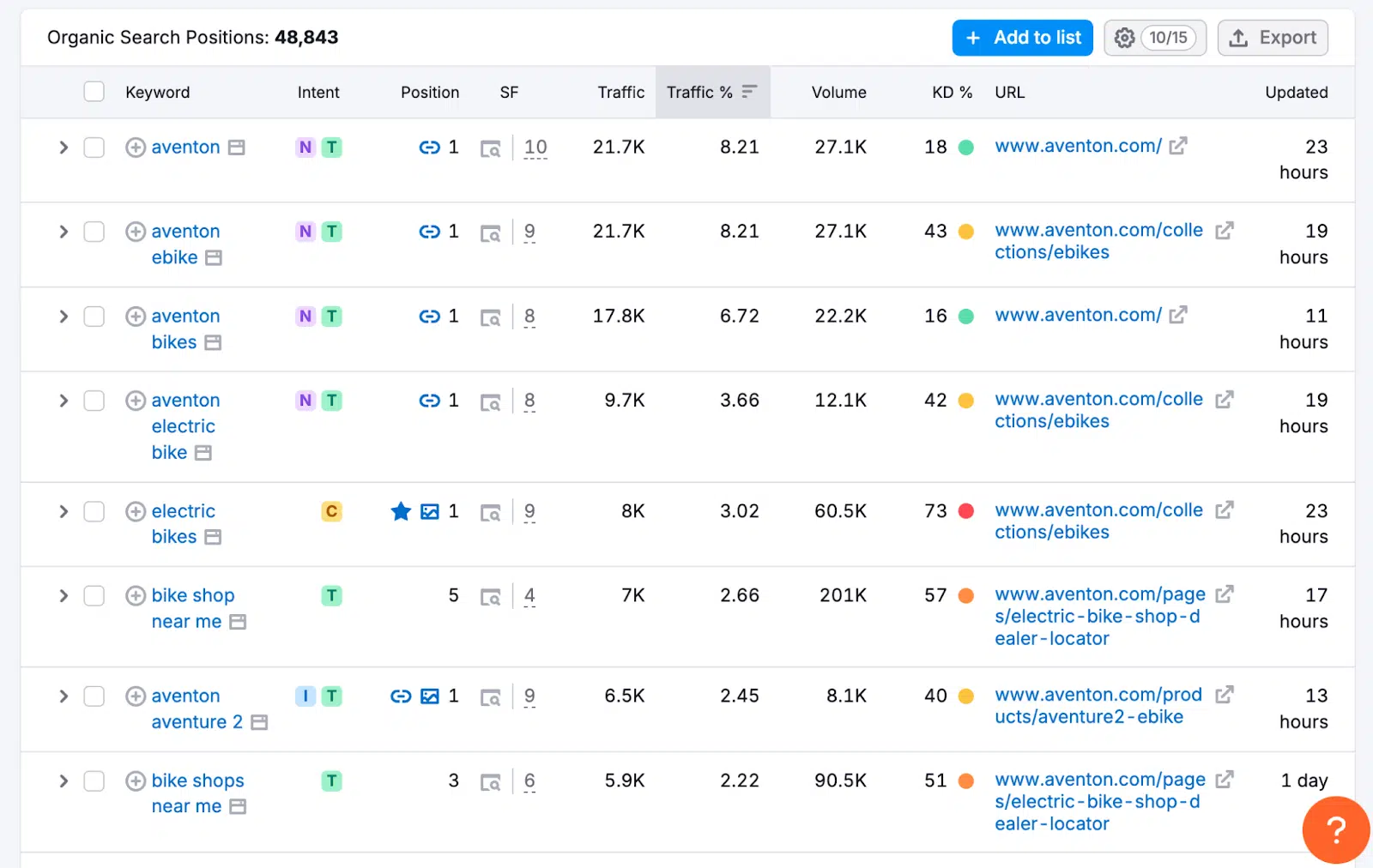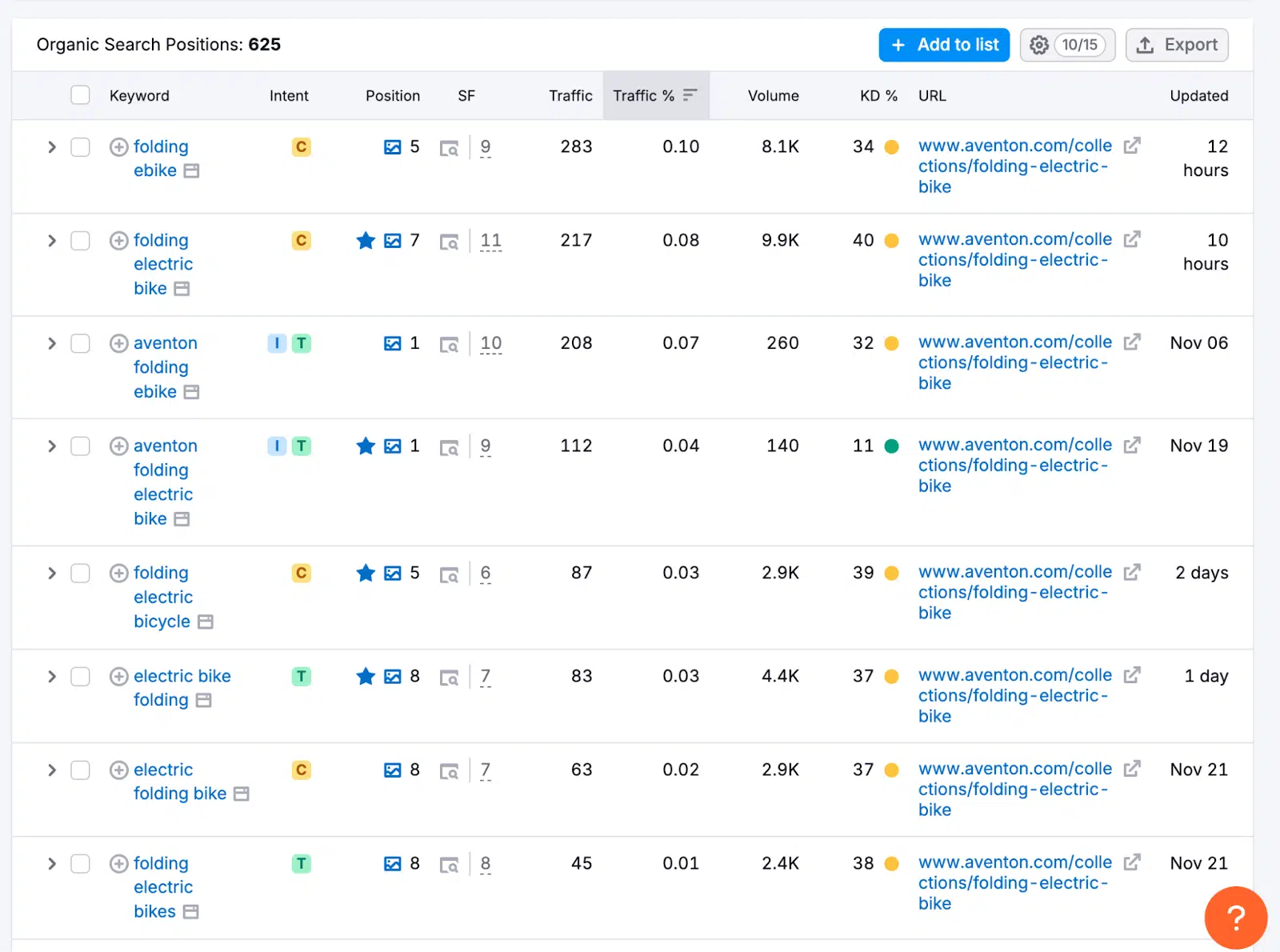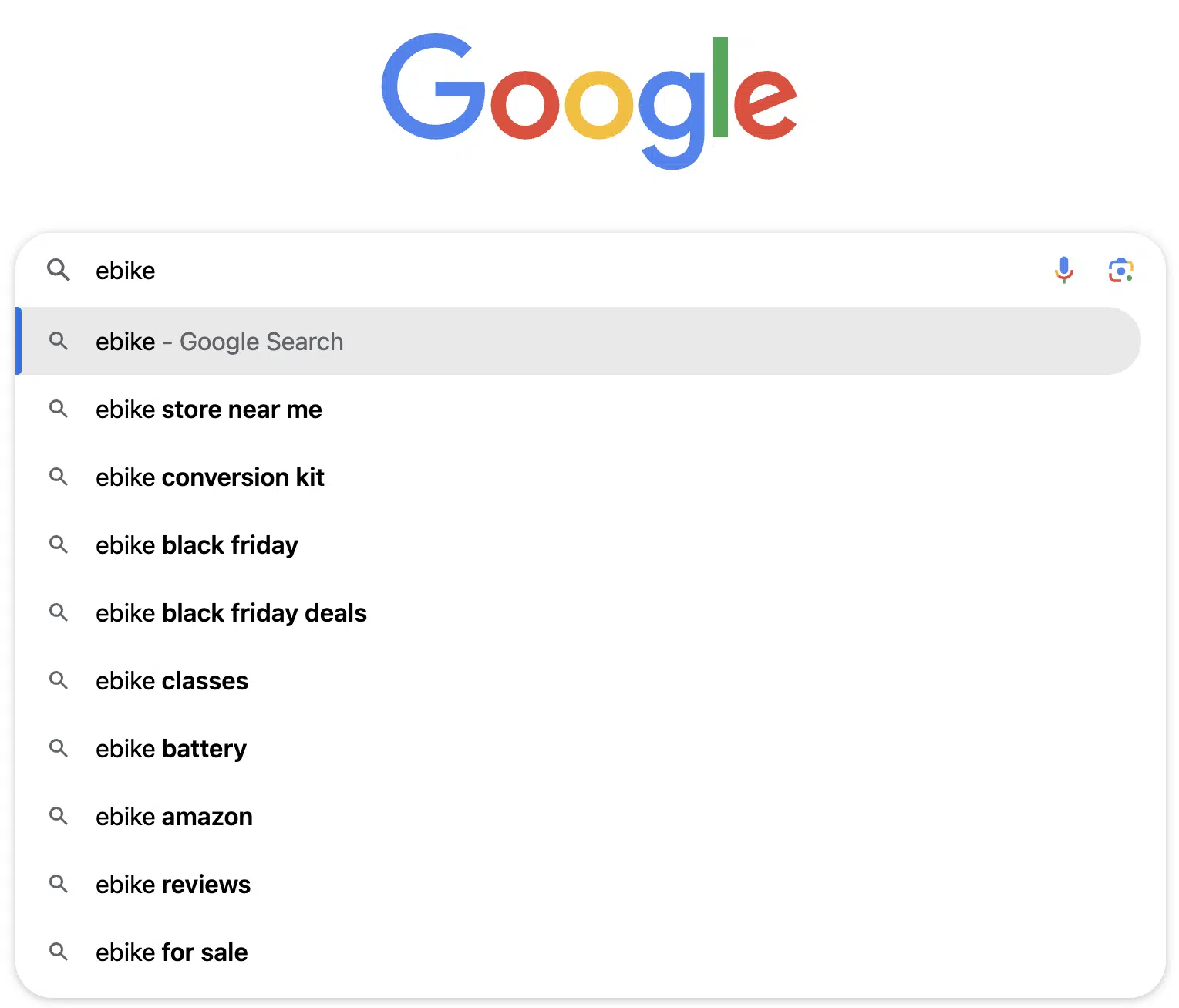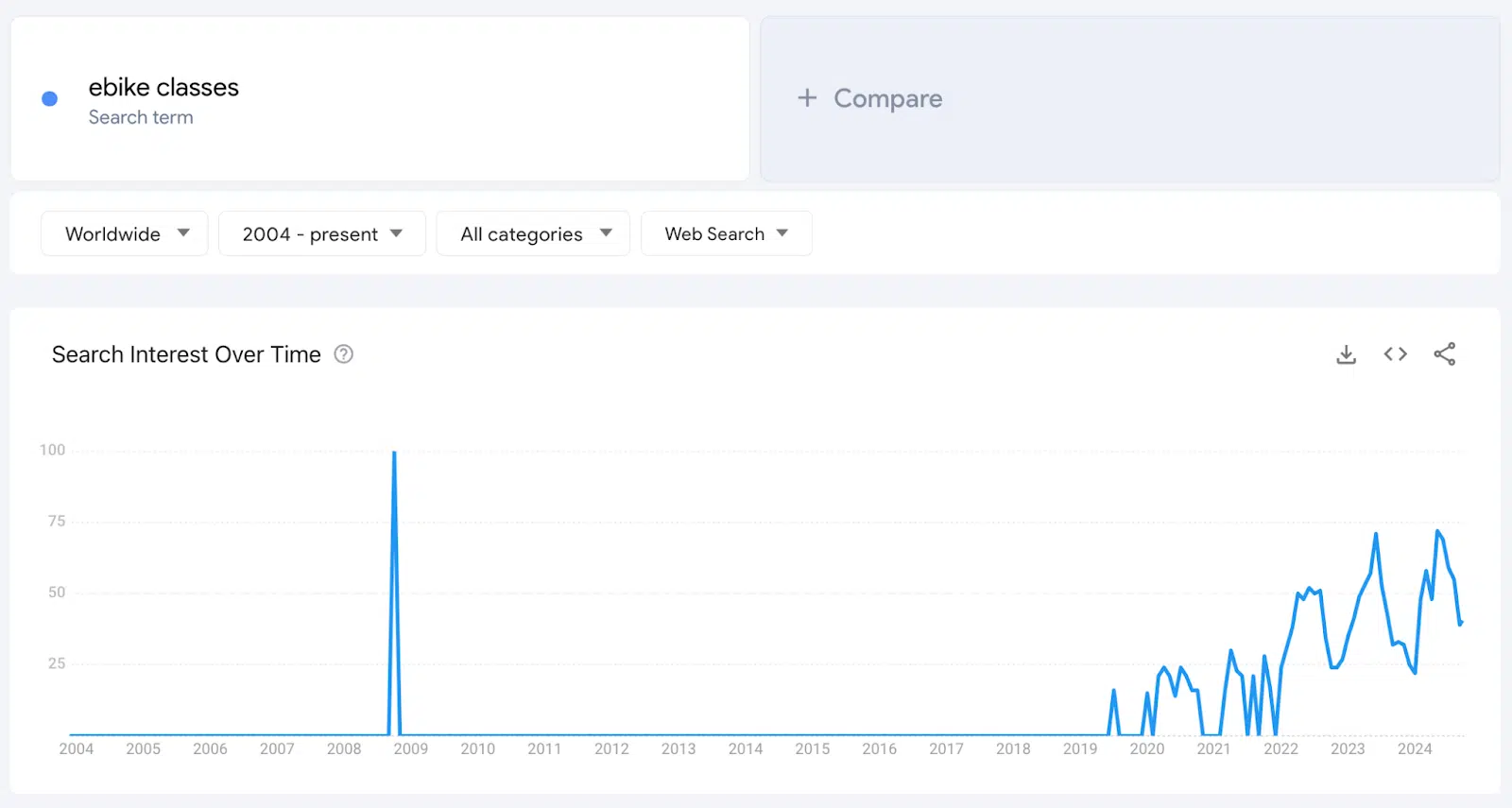How to find emerging audience needs using Google Trends
Bridge the gap between SEO and audience intent. Learn how Google Trends, digital PR and behavior analysis can improve brand performance.
Focusing deeply on the audience’s needs will fundamentally change how you develop SEO strategies and improve both long-term and short-term brand performance.
A bold statement?
I don’t think so.
Google is integrating AI into the ranking system, making the algorithm evaluate like a human.
You’ll have no choice but to understand audience needs as Google uses this AI to improve how they match content to audience intent.
This is why digital PR for SEO is an alternative to link building.
You even see this in enterprise SEO, integrating PR and SEO to reach and convert audiences to buyers.
My favorite method of identifying emerging audience needs is by using Google Trends.
Audience search behavior data in Trends strongly indicates what’s important to a given audience.
Have you heard the phrase “follow the money?”
This trope highlights that when an audience takes “meaningful” action, that shows importance.
A meaningful action is spending money or attending an event you read about.
Behaviors are a window into intent.
Google Trends is a tool for businesses to analyze an audience’s search behavior data. It reveals what your audience is interested in, needs or wants over time.
Here’s a step-by-step guide on using Google Trends and other techniques to find and address these emerging audience needs.
Step 1: Select the audience category
How does your audience refer to products/services in your category?
Analyze your or your competitors’ sites to identify homepage keyword rankings for general keywords. Search for keywords that mention the general product/service name.
But don’t stop there. Search for product sub-categories.
Some might call these niches, but that’s a silly term. These are audience categories with common interests and behaviors.
For instance, Averton is an eBike brand whose audience searches for the term “eBike.”
However, their audience also searches for more specific products like “folding eBike.” This category could have hundreds of features.


Tip: The audience may search for the category with a brand term. For example, the audience searches for “Averton eBike” on Google when searching for the brand.
With the target category in hand, dig deeper and uncover pain points or problems the audience has in that category.
Step 2: Identify pain points
What are the audience’s problems related to the category?
Each situation may require a different technique to understand audience needs better. A few methods are:
- Google Autocomplete: This can show issues related to the query.
- Social surveys: Run a survey on LinkedIn, X or other websites.
- Social post, then analysis: Analyze the audience that is engaging with your social about pain points.
I examined the eBike category below to highlight how to uncover insights quickly.
First, using an autocomplete search for “eBike” shows three potential problems:
- Classes: eBikes are dangerous and people may not know how to ride them.
- Battery: This can be an ongoing expense
- Conversion kit: Instead of buying an eBike, it’s cheaper to convert a regular bike to an eBike.

Determine whether the audience’s interest is growing or declining to get a deeper and more meaningful picture of the audience’s search behavior.
Step 3: Analyze audience behavior around the topic
Are the pain points a growing trend, declining or stagnating trend?
Digging into the “eBike classes” example, the consumer interest in “classes” is growing.
Because the eBike consumer demand is growing and Google Autocomplete is including “classes,” then this seems like a substantial need to address.

An eBike company can use this insight to develop a training course to improve safety. This could also lead to a new built-in training feature with a gyroscopic stabilizer.
Quick tip: Use this litmus test to determine if this trend has sustainable growth.
- Is the trend pattern scalable?
- Urgency and time-sensitive?
- Emotional versus practical problem?
- Lack of existing solutions solving the problem?
Using Google Trends, Autocomplete and Semrush drastically reduces the time needed to find emerging needs and problems.
By systematically selecting your audience category, identifying their pain points and analyzing behavioral trends, you can develop targeted strategies to build a strong and genuine connection with them.
And that’s money!
Contributing authors are invited to create content for Search Engine Land and are chosen for their expertise and contribution to the search community. Our contributors work under the oversight of the editorial staff and contributions are checked for quality and relevance to our readers. The opinions they express are their own.
Related stories